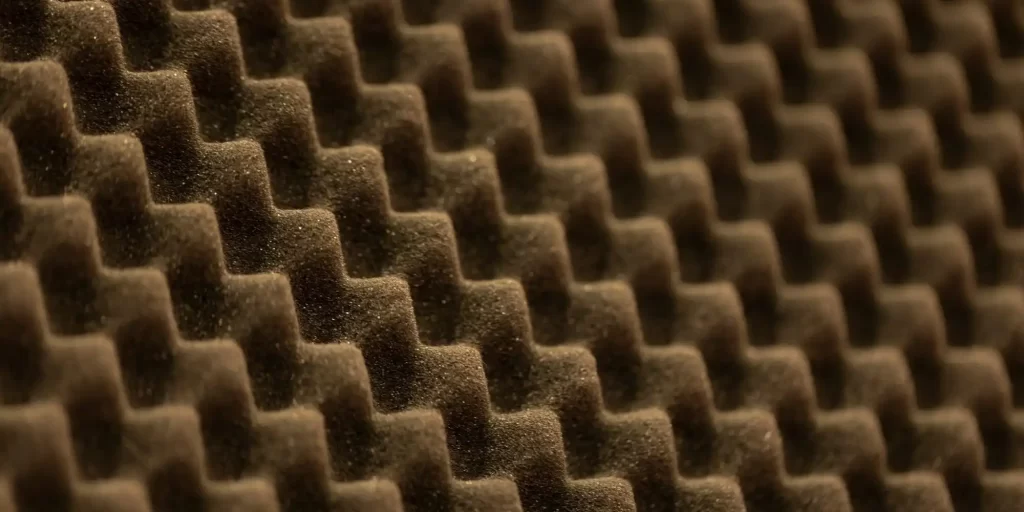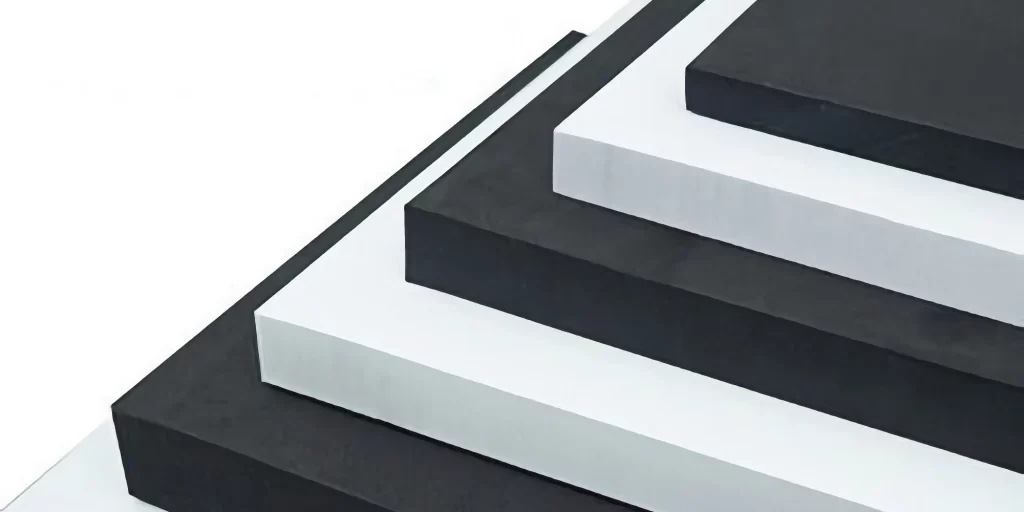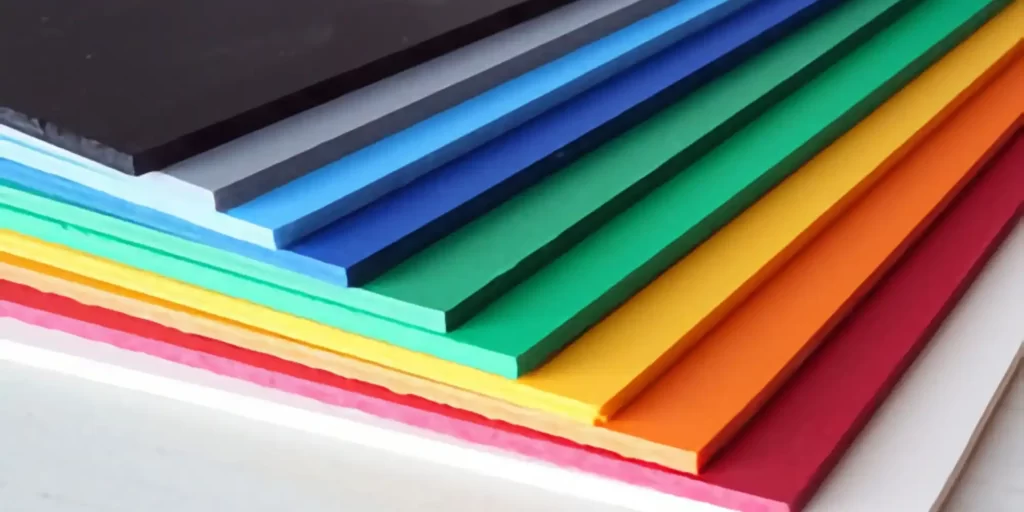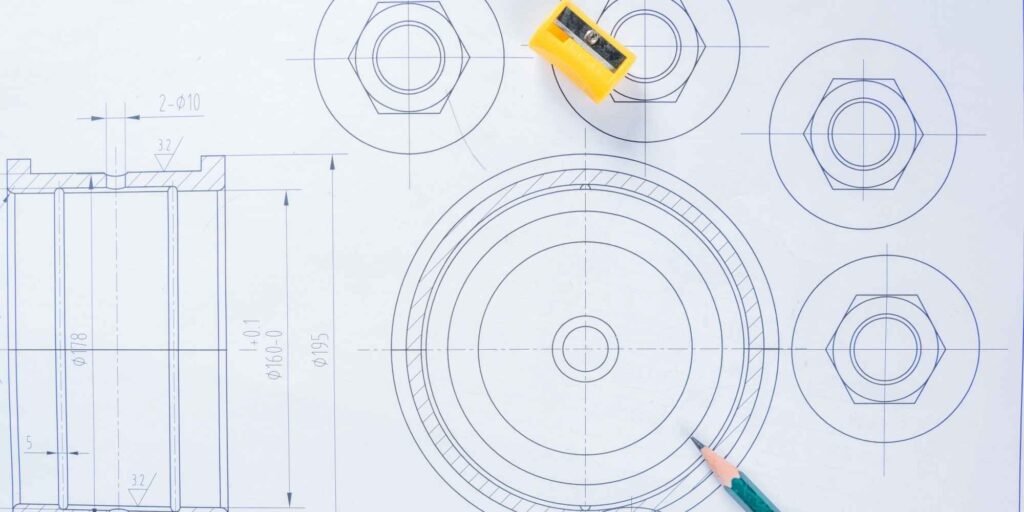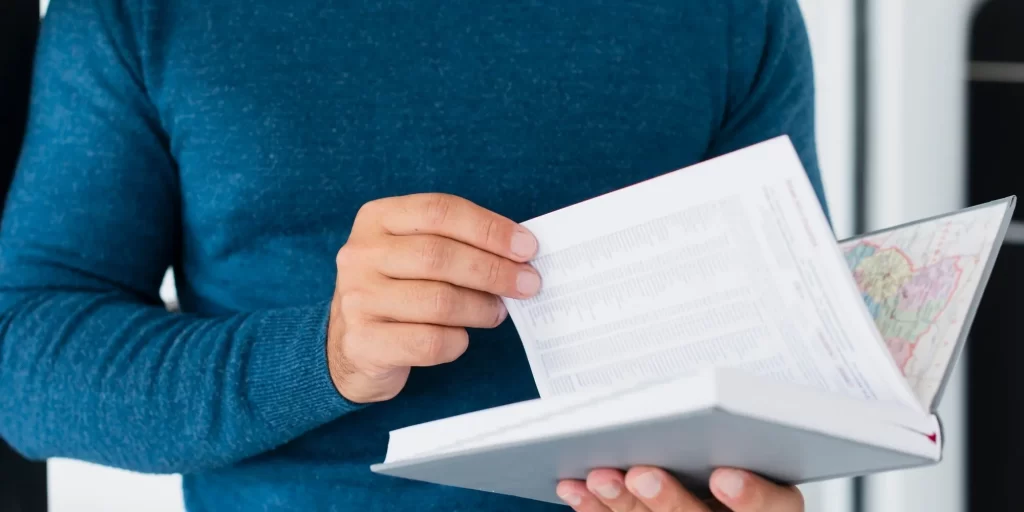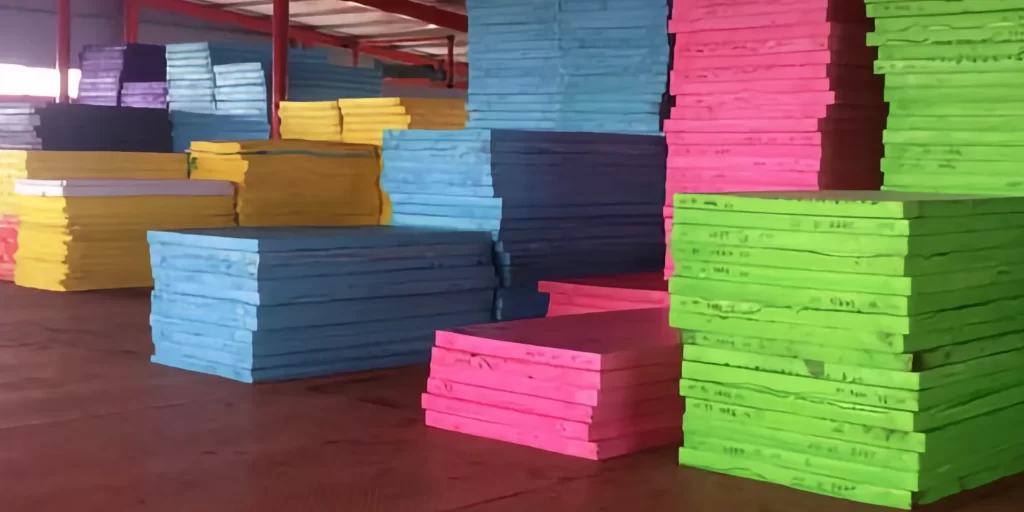Introduction
In the modern world, where urban spaces are becoming increasingly compact, the need for effective sound insulation has never been more critical. Impact sound, often caused by footsteps, moving furniture, or dropped objects, can be a significant disturbance in both residential and commercial settings. Enter EVA foam – a versatile material that’s making waves in the realm of impact sound insulation. This article delves into the benefits and applications of EVA foam in impact sound insulation products.
Understanding EVA Foam
EVA, or Ethylene Vinyl Acetate, is a closed-cell, flexible foam known for its lightweight nature and impressive shock-absorbing capabilities. Its unique molecular composition allows it to dampen vibrations effectively, making it a prime candidate for sound insulation applications.
Why EVA Foam is a Game-Changer for Impact Sound Insulation
- High Sound Absorption: EVA foam’s dense structure is adept at absorbing impact sounds, ensuring a quieter environment.
- Durability: EVA foam is resistant to wear and tear, ensuring longevity even in high-traffic areas.
- Moisture Resistance: EVA foam’s closed-cell structure prevents moisture absorption, making it ideal for damp-prone areas.
- Easy Installation: Lightweight and flexible, EVA foam can be easily cut and shaped to fit various spaces, ensuring hassle-free installation.
- Eco-Friendly: EVA foam is recyclable, aligning with sustainable building practices and reducing environmental impact.
Applications of EVA Foam in Impact Sound Insulation
- Flooring Underlay: Placed beneath tiles, hardwood, or carpet, EVA foam underlays reduce the sound of footsteps and dropped objects.
- Wall Panels: EVA foam panels can be installed on walls to minimize the transmission of impact sounds from adjoining rooms or properties.
- Ceiling Panels: In multi-story buildings, EVA foam panels on ceilings can prevent the transfer of impact sounds from the floor above.
- Staircase Insulation: EVA foam can be used to insulate staircases, reducing the noise of footsteps.
- Gym and Sports Facilities: EVA foam mats and tiles in gyms reduce the noise of dropped weights and equipment.
Installation Tips for EVA Foam Impact Sound Insulation
- Assess the Area: Before installation, assess the area to determine the amount of EVA foam required and identify primary sources of impact sound.
- Choose the Right Thickness: Depending on the level of sound insulation needed, select the appropriate thickness of EVA foam.
- Seal the Edges: After installation, ensure all edges are sealed to prevent sound leaks.
FAQ
Q: How does EVA foam compare to other impact sound insulation materials?
A: EVA foam offers superior sound absorption, moisture resistance, and durability compared to many traditional insulation materials.
Q: Is EVA foam suitable for industrial settings?
A: Yes, EVA foam’s durability and sound-absorbing properties make it ideal for industrial environments with heavy machinery.
Q: Can EVA foam be used in wet areas like bathrooms?
A: Due to its moisture-resistant properties, EVA foam is suitable for damp areas, including bathrooms.
Q: How long does EVA foam last as an impact sound insulator?
A: With proper care and maintenance, EVA foam can last for several years, retaining its sound-absorbing properties.
Conclusion
EVA foam’s rise in the world of impact sound insulation is a testament to its effectiveness and versatility. Whether you’re looking to soundproof a home, office, or industrial space, EVA foam offers a solution that combines acoustic comfort with durability and aesthetic appeal. As urban spaces continue to evolve, the role of materials like EVA foam in creating serene, noise-free environments will only become more significant.
